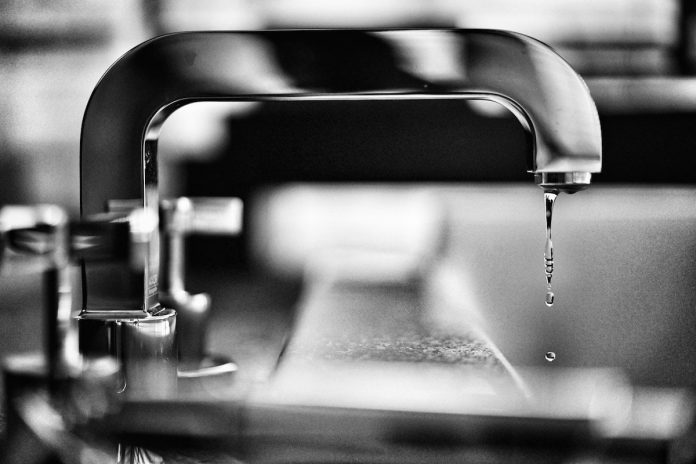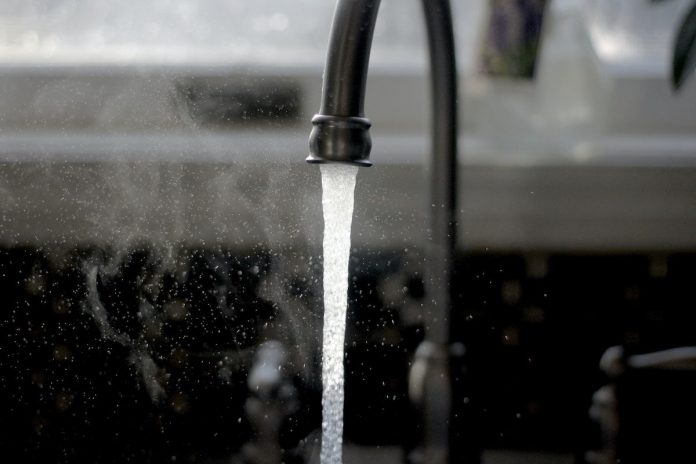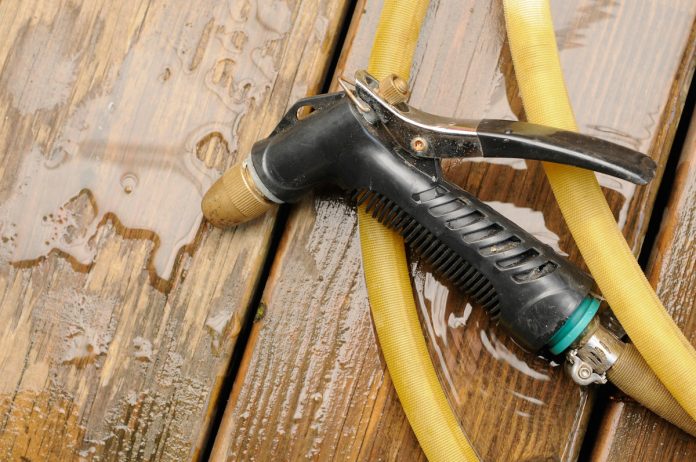Everything You Need To Know About Emergency Well Water Pumps
Water is a basic need that gets taken for granted far too often. Many people are guilty of leaving the tap running, among other things, and sending precious water down the drain. While you can argue that the water will eventually reenter the supply chain after a trip to the treatment plant, it could’ve been used by others who needed it then.
The US is no stranger to water crises, from Flint, Michigan’s lead-laced drinking water to the more recent school closures in Jackson, Mississippi, due to a failing water system. According to one study in 2021, nearly half a million households in the U.S. don’t have adequate plumbing, and tens of thousands of local water systems don’t comply with federal law.
Naturally, you can wait for your local utility to fix it, but staying hydrated and watering plants don’t wait for such things. Such emergencies are why solutions like emergency well water pumps are in demand, providing water when conventional sources aren’t working or don’t exist. That said, not all households can have a pump. Here’s everything worth knowing about water pumps.
Technology as old as time
The humble well has been a ubiquitous facet of life for thousands of years, with the earliest recorded examples dating back to the ninth century B.C. It’s a common sight in settlements, especially where no river or stream is nearby. People gain access to much-needed water by tapping into underground reservoirs.
Wells continued to be used well into the Modern Age, but they had fallen out of favor in major population centers. After all, getting thousands to line up in front of the well daily is impractical. So London developed one of the world’s first water supply systems in the 18th century, with water treatment following suit a century later in response to outbreaks of water-borne diseases.
Regardless, wells continued to evolve, primarily as an emergency source when utilities couldn’t provide water, be it because of a burst pipe or issues with their facilities. Emergency well water pumps, such as EPP Well Solutions Emergency Hand Pumps and similar systems, are their latest iterations—the culmination of centuries of drawing water underground.
Types of well water pumps
Depending on whom you ask, the market sells at least four types of well water pumps. It’s hard to review their pros and cons without discussing each type. These pumps are classified as either above-ground or underground.
-
Submersible pumps
Submersible pumps are the only type of underground pump in use and the most prevalent among households in developed countries. The motor generates enough pulling power to draw water from the underground well and deliver it to an above-ground reservoir. Ease of use is one of its main selling points, as it usually involves a flick of the switch.
While these pumps can work in various depths, experts recommend them for wells between 90 and 250 feet below sea level. Anything shallower is somewhat overkill, while anything deeper requires a custom-made system from the manufacturer.
The amount of water submersible pumps can draw at a time depends on their horsepower. For example, a ½-hp pump can be viable for wells up to 125 feet deep, drawing an average of 7 gallons per minute. However, it’s worth noting that drawing efficiency decreases with depth, as is the case for any well water pump.
Ease of use is also their Achilles’ heel. An emergency water source hinging on a single submersible pump is also the single point of failure. It won’t work in a blackout, and its rubber seals can rust over time. Repairing the motor is troublesome because it entails pulling it up from the depths.
- Easy to use; just flick the switch
- Works on most well water depths
- Requires electricity to operate
- Repairs can be an inconvenience
-
Jet pumps
The rest of the pump types on this list are above-ground ones, starting with jet pumps. While they shouldn’t be confused with those used in jet engines, they’re called such because of the immense pressure they generate to draw groundwater.
Jet pumps come in either a one-line or two-line configuration. A one-line configuration has a single intake line running toward the pump, operating similarly to a submersible well water pump but mainly for shallow wells (up to 25 feet). Meanwhile, a two-line configuration has an outgoing line that returns some water to the well to force more water up the intake line, making them ideal for deep wells (between 25 feet and 90 feet, sometimes 100 feet).
Jet pumps are also as easy to use as their submersible counterparts, with the added benefit of being more affordable. Unlike submersible pumps, which can run between USD$400 and USD$500 on average, jet pumps tend to cost around USD$200 for one-line configuration and USD$300 for two-line configuration. Additionally, as they’re above ground, jet pumps don’t require digging up from the depths for repair or maintenance.
However, these pumps still require electricity, so they’ll be useless in a blackout. Plus, they must be primed or ensure enough water is circulating in the system before running them or risk costly damage. This extra step can be daunting for some users.
- Easy to use; just flick the switch
- More affordable than submersibles
- Requires electricity to operate
- Requires priming before running
-
Lift pumps
Lift pumps are the types you commonly see in the countryside of developed and developing nations, though they’re no less indispensable in urban areas. Their designs vary but primarily consist of a long lever that generates enough suction and an outlet for groundwater in front.
Unlike the first two examples, lift pumps are entirely operated by hand, making them crucial in off-grid areas or during a blackout. Depending on the materials and design, lift pumps can effectively draw water from depths comparable to those for submersible pumps. Many urban households have lift pumps installed aside from their submersible or jet ones.
The manual operation has its downsides, such as needing substantial elbow grease to work them. In addition, it may not be a big deal for households that don’t use much water daily, but it is for those that do. According to the Environmental Protection Agency (EPA) data, the typical American family consumes over 300 gallons daily.
How much water a lift pump can provide depends on how much effort you put into cranking that lever. Fulfilling a backup supply of 300 gallons through lift pumps is impractical, if not impossible. More importantly, since the piping for such pumps run deep, repairing them can be as much of a hassle as submersibles.
- Ensure supply during blackouts
- Can reach hundreds of feet below
- Requires manual effort
- Not ideal for high water use if standalone
-
Suction pumps
Suction pumps are among the latest iterations of well-water pumps. They operate similarly to lift pumps down to their manual operation, but they’re often smaller and have fewer moving parts. Instead, the water comes from one side of the handle as you pump.
However, these pumps suffer from the same downsides as lift pumps. For one, they’re only viable for wells no more than 30 feet deep, as their pistons are typically short. In addition, the variety of suction pumps in the market means their durability varies wildly. It isn’t unusual for suction pumps to break down after a few years, so it pays to be aware of each product.
- Ensure supply during blackouts
- Fewer moving parts than lift pumps
- Requires manual effort
- Only ideal for shallow wells
No need for municipal water?
Wells are essential to water sources for around 40 million Americans, according to a report by the U.S. Geological Survey. Interestingly, most domestic good users border the Great Lakes, particularly Michigan, where roughly a quarter of the population depends on well water. Outside the region, North Carolina has a significant well-user population.
It’s easy to see why so many people rely on well water. Emergencies aside, using well water helps save on water bills, which have been rising for decades due to aging infrastructure, among other things. If you live in San Francisco, you’re probably paying over six dollars per cubic meter to your local water utility, unlike in Phoenix, where it’s just under a dollar.
But for several reasons, foregoing municipal water in favor of well water isn’t necessarily better. First is the question of safety, as the water permeates through the earth to settle in the aquifer or reservoir. According to the Centers for Disease Control and Prevention (CDC), there’s the risk of the water carrying other substances like bacteria from landfills and urban runoff.
While EPA regulations mandate safe municipal water, they don’t apply to privately owned wells. The property owner is responsible for ensuring that the well water’s safe to drink, which entails requests for testing. Even if it turns out to be safe, you’ll most likely install filtration systems for peace of mind (though you should be fine if you won’t use well water for drinking).
That’s considering a well can even draw water easily. However, the American Geosciences Institute said groundwater availability depends on the rock formation beneath the property. If the formation doesn’t allow water to permeate, any emergency well will have difficulty doing its job.
Given this, it still pays to be connected to your local water utility, only resorting to wells in emergencies. Besides, lowering water bills is only a matter of fixing leaks and changing your water consumption habits.
Conclusion
An emergency well water pump can be a blessing amid this unpredictable water crisis, but it can’t replace municipal water. A household should have a leak-free connection to the mains while maintaining an electrically powered pump and a manually operated one. They may seem redundant, but they’ll ensure a steady supply for as long as necessary.








